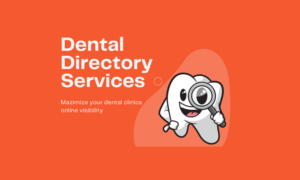1) Oral-B iO Series 10 — Best overall
A premium, coached clean with real-time time/pressure/coverage via the iOSense base. The round head cups each tooth and helps reduce scrubbing.
Pros
- Excellent plaque/gum results with gentle pressure
- Guidance without opening an app
- Wide head availability
Cons
- Premium handle & head prices
- Overkill if you won’t use coaching
Verdict: The easiest way to get a dentist-approved routine with minimal effort. If you want hands-down guidance, start here.
Prices fluctuate; consider bundles with extra heads to lower ownership costs.







